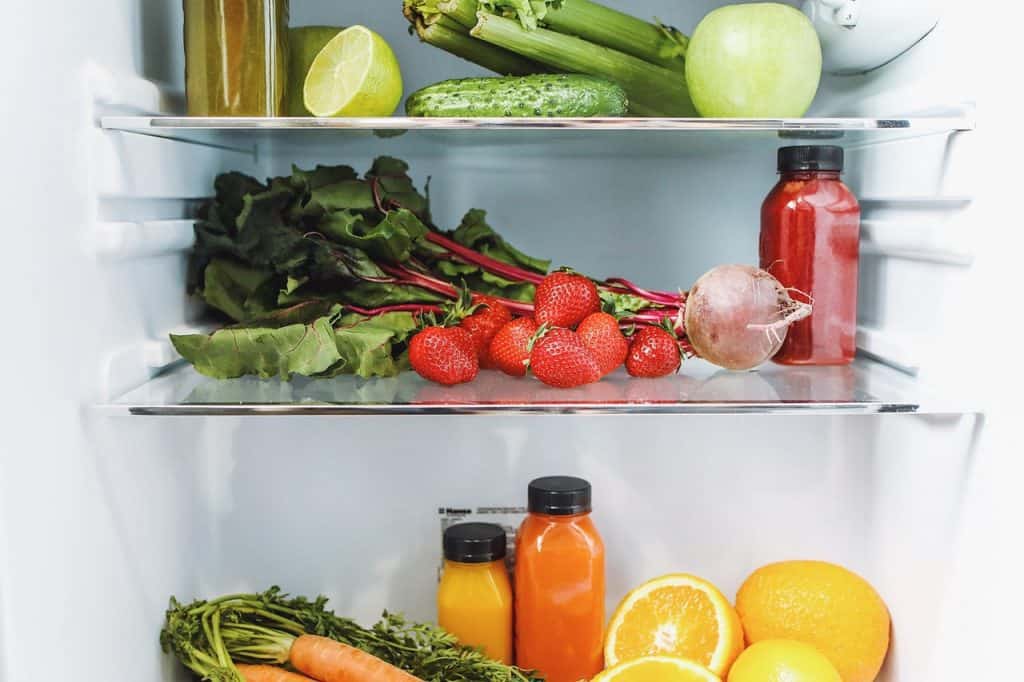One of the most basic appliances in the house, the refrigerator, may not require any complicated instructions for use. However, many people make mistakes when it comes to proper food storage.
This shortens the shelf life and makes it difficult to maintain hygiene inside the fridge. Here’s some useful advice.
Of course, it’s easier to find the products you want in it, but the fridge itself isn’t so overflowing that you can’t even do it in a pretty big mess. It’s about something else: the numerous shelves and storage compartments in the refrigerator are installed on purpose. They organize the space, but are also intended to increase the shelf life of the stored food.
We store very different types of products in the fridge. Rarely are there foods that should be stored at the same temperature. The different shelves and storage compartments in the equipment are intended to vary the temperatures. It is worth remembering that:

Why is this so important? There must be enough space between the products stored in the fridge. This allows for proper air circulation. Only then will the temperatures reached inside be in accordance with the manufacturer’s declaration. This, in turn, is essential for optimal food storage conditions
The different shelves and drawers have been designed and arranged so that specific types of food can be stored on them. Keep in mind that the temperature inside a refrigerator is not uniform. In particular, keep in mind such locations as:
Important: some fruit and vegetables should not be stored in a refrigerator because they quickly lose their properties. These include: onions, cucumbers, tomatoes, bananas, pears, avocados, kiwi and watermelon.
There are several valuable tricks and rules that allow you to make better use of the refrigerator to keep food in good condition
It is important to remember that:
We also take care to defrost the fridge regularly.
Photo by Andrea Piacquadio/Pexels